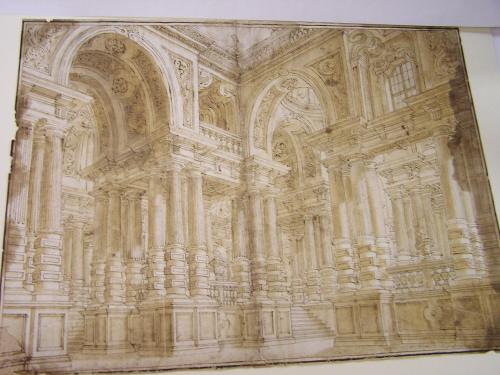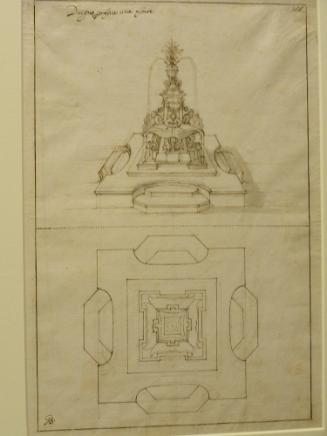Interior of a Great Hall
Date18th century
CultureItalian
MediumPen and brown ink with brush and brown wash over traces of graphite
ClassificationDrawings
ProvenanceA. Everett Austin, Jr., Sarasota, Florida, until 1956; donated to the John & Mable Ringling Museum of Art, 1956-present.
Credit LineGift of A. Everett Austin, Jr., 1956
Object numberSN753
Of the numerous families of theatrical designers to come out of Italy in the seventeenth and eighteenth centuries, there is perhaps no more famous than the Bibiena. Under eight names-Ferdinando (1657-1743), Alessandro (1686-1748), Francesco (1659-1739), Giuseppe (1695-1757), Antonio Galli (1697-1774?), Giovanni Maria the younger (1700-1777?), Giovanni Carlo (1713?-1760), and Carlo (1721-1787)-the family created theatrical designs dating from the 1680s to 1780s in a style so consistent it is nearly impossible to differentiate them.
Designing and decorating opera houses, churches, and palaces, and producing grandiose sham architecture, the Bibiena family worked for nearly all the monarchs of the eighteenth century. The surviving drawings from this dynasty of theater architects range from sketchy ambiguous projects to highly finished designs. As such, it is difficult to determine whether a sheet such as the Ringling drawing served as a study for a proposed project or if it was drawn after a completed design.
On View
Not on viewJoachim Antonisz Wtewael
16th Century













